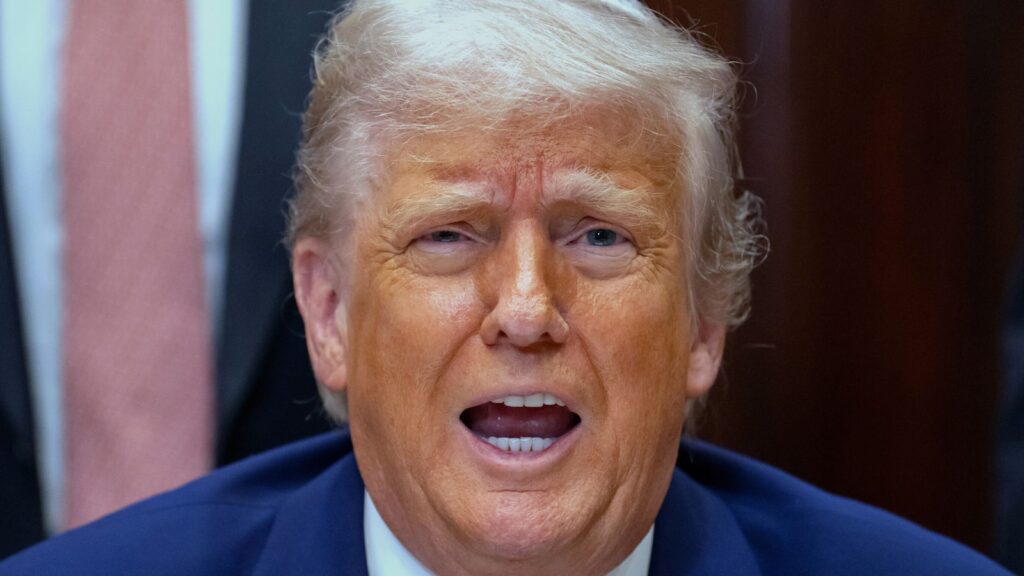In the realm of trade and economic policies, President Donald Trump has made “tariff” a central theme of his administration, closely followed by the pursuit of favorable trade deals. His focus has been on reducing America’s trade deficit, which currently stands at a staggering $1.1 trillion annually. The use of tariffs as a tool has created significant disruptions in global trade, prompting some companies and trading partners to seek agreements with the U.S.
The President has touted his efforts as potentially adding $10 trillion to the U.S. economy, although experts remain skeptical of such lofty claims. Some key initiatives under Trump’s economic agenda include the Stargate project, an AI infrastructure boost with a $500 billion investment, and commitments from tech giants like Apple and Nvidia to invest billions in the U.S.
On the international front, the U.S. has engaged in trade negotiations with major partners like the UK and China. The partial U.S.-UK trade deal, marked by reduced tariffs on UK-made cars and the scrapping of steel tariffs, has been lauded by UK Prime Minister Keir Starmer for its potential job-saving impact. Additionally, a recent U.S.-China trade deal aims to thaw relations by pausing high tariffs and opening avenues for increased trade between the world’s two largest economies.
Furthermore, Trump’s administration inked a substantial $600 billion deal with Saudi Arabia, encompassing record-breaking defense sales and partnerships with prominent U.S. companies like Amazon, Uber, and Oracle. These developments underscore the complex interplay of tariffs, trade negotiations, and economic strategies in shaping the global economic landscape under the Trump presidency.

